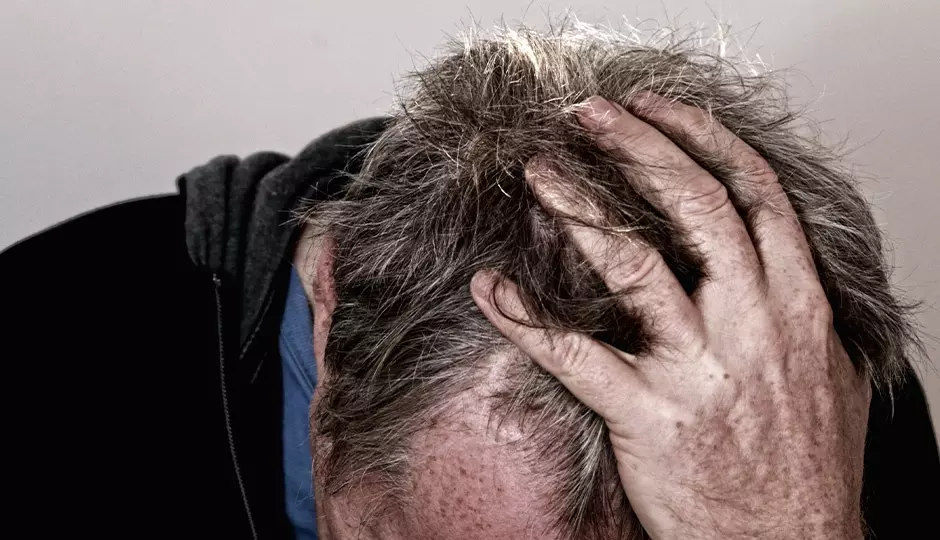Many men experience hair loss—and more often than not, the underlying cause is androgenetic alopecia, more commonly known as male pattern hair loss. This condition is so common, it is actually experienced by about two thirds of all men at some point in their lives.
For men who are concerned about hair loss, or who have already noticed some early signs of it, it can be helpful to know what the pattern of androgenetic alopecia actually is. When you are able to recognize the signs of it early, you can seek treatment sooner rather than later—increasing the odds that treatment will prove effective.
The Basics of Androgenetic Alopecia
First, a few general comments about male pattern hair loss. Though the specific cause of this condition is still somewhat contested, most scientists now agree that elevated levels of DHT—a testosterone byproduct—are to blame for impairing healthy hair growth. Male pattern hair loss is assumed to be a genetic condition, though it is possible that it can be triggered by heightened levels of stress.
Androgenetic alopecia can begin as young as 20 years of age, and late-onset male pattern hair loss is also possible. The majority of the time, however, male pattern hair loss occurs when men are between the ages of 25 and 35. Again, it is prudent to know the signs of male pattern hair loss, and to seek treatment as soon as these signs are evident.
The Signs of Male Pattern Hair Loss
As the name suggests—male pattern hair loss—there is indeed a pattern to look for. This pattern usually begins with a receding hair line. If you notice the hair at the fringe of your hair line thinning, that’s a telltale sign. From there, hair loss occurs at the crown of the head, which leaves a bald spot and eventually spreads. Ultimately, male pattern hair loss tends to leave just a ring of hair around the head, specifically along the sides and the back.
This is not how male pattern hair loss always unfolds. Some cases will buck this pattern. More often than not, however, this is how male pattern hair loss progresses. If any of it sounds familiar, the time to seek treatment is now!
But What About...?
That pattern is what you should look for as you consider whether you might have male pattern hair loss—but note that it’s also smart to know what not to look for. There are some common myths and misconceptions about androgenetic alopecia, including:
- You can tell you have androgenetic alopecia when you find a lot of hair on your pillow in the morning.
- You can tell you have androgenetic alopecia when you find more than 20 hairs on your hair brush.
- You can tell you have androgenetic alopecia when you start losing hair in big clumps.
The first two of these statements miss an important point about hair loss—namely, that shedding is actually very normal. Your follicles need to shed old hairs to make room for new growth. Thus, simply finding hairs on your pillow or brush isn’t really that revealing. The problem with male pattern hair loss is that you can’t regrow hair after shedding.
As for losing hair in clumps, that’s certainly a problem, and definitely something to have checked out at Mane Image—but it’s not really consistent with male pattern hair loss. In other words, there is likely another cause to your hair loss, and our experts can help diagnose it!
Diagnosis and Treatment
No matter the cause of your hair loss, and no matter its extent, there are always steps that can be taken to address it. When you come to Mane Image, we can accurately diagnose the root of your hair loss—androgenetic alopecia or otherwise—and we can offer safe, effective solutions for men's hair replacement. The entire process is private and comfortable, and we only recommend solutions we know will get results.
Learn more about the potential solutions for male pattern hair loss. Join us for a consultation at Mane Image any time!











